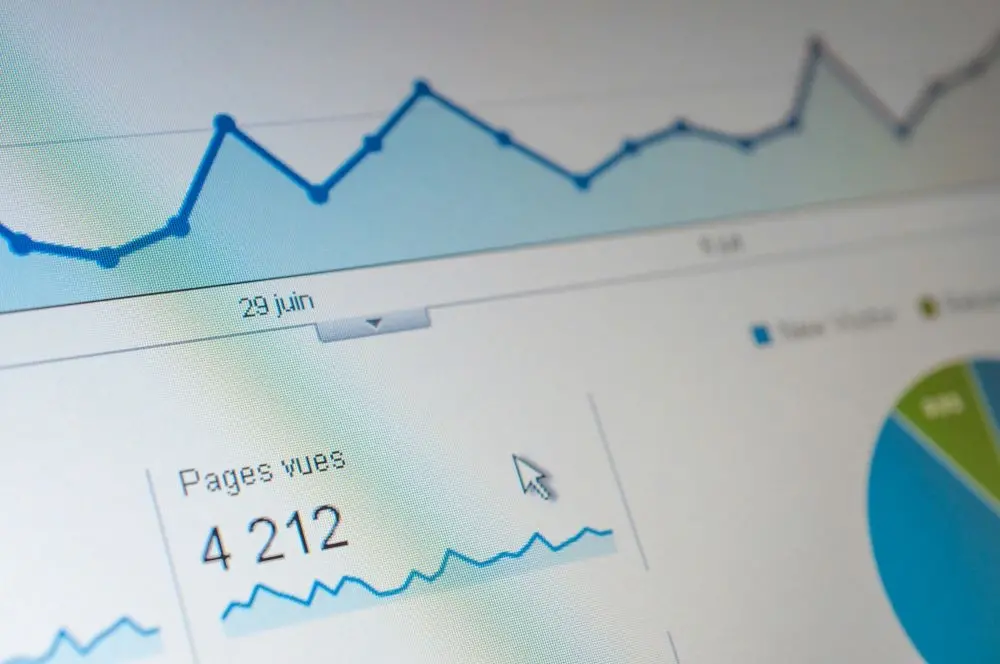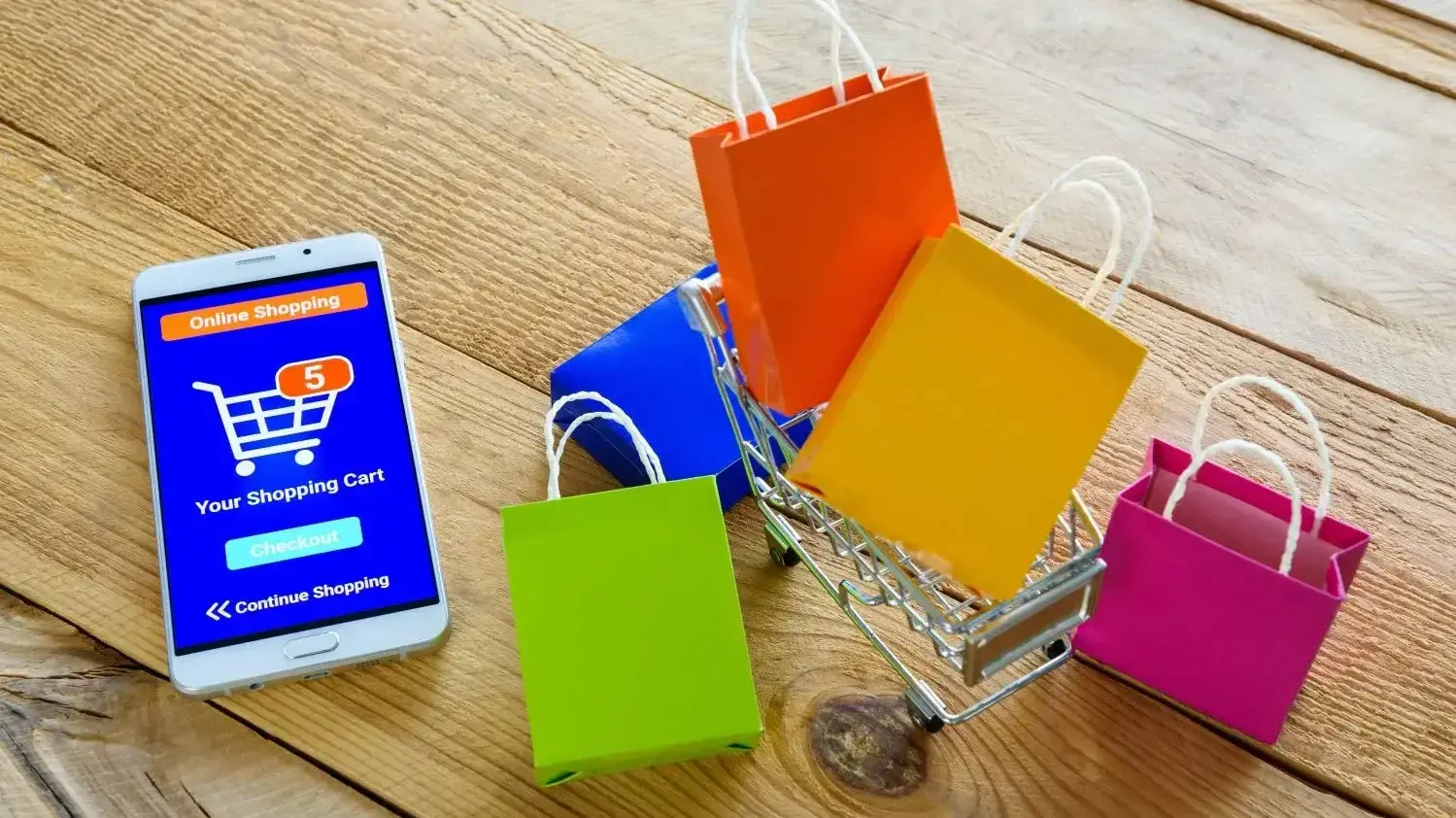Dropshipping and eCommerce are both potentially lucrative business models. eCommerce is expected to be worth $5.89 trillion by 2029, and dropshipping was worth over $300 billion in 2024. Though commonly thought of as one and the same, this isn’t entirely true.
Dropshipping has eCommerce elements, but eCommerce is much more fluid. It can be an entirely different thing to dropshipping, and the one you choose isn’t about a right or wrong answer. Instead, you’ll need to understand what the benefits and drawbacks are for you.
To help you make a better decision, we’ve compiled this full dropshipping vs. eCommerce comparison. Keep reading to learn more about their differences and which one is the best choice for you.
What’s the Difference Between Dropshipping and eCommerce?
Although dropshipping is a form of eCommerce, it involves not having to manage inventory or ship items manually. Instead, you are responsible for selling and marketing the products. You’ll still need your own website with hosting, but you don’t need to pay for storage space. It’s worth learning how to create a dropshipping website before doing so.
On the other hand, eCommerce is more varied. You can sell digital and physical products; on the other hand, dropshipping is more about physical items.

eCommerce is also more hands-on. Some business owners like this, but others could be better off with a dropshipping model instead.
Now that you know a bit more about how these two business types differ, let’s look at how they compare to each other in different categories.
Selling Digital Products
When you make a dropshipping business, you’re pretty much exclusively selling physical products. To fulfill orders, you’ll partner with a supplier. That company will then package the order and send it to the customer.
On the other hand, eCommerce can be a mixture of physical and digital products. You often see this with creators; while they might sell posters and prints, they may also let followers purchase eBooks and photo editing presets.
This versatility can help you develop more revenue streams over the long run, and for this reason, we’re giving eCommerce a point here.
Winner: eCommerce
Inventory Management Simplification
With dropshipping, you don’t need to worry about managing your inventory. This will update automatically, and by default, you won’t sell items that aren’t in stock. As a result, you shouldn’t need to worry about accidentally selling too many items and frustrating your customers.

Another benefit is that you can use print-on-demand (and similar) services. Thanks to this, you don’t need to pay for storage space. This is particularly important if you’re a new business and would like to spend your money in more effective ways.
While eCommerce brands can also delve into dropshipping, you generally have to manage your inventory more closely. The only exception is for digital products, which are – by default – unlimited.
Because you never have to manage inventory with dropshipping, it gets the win in this category.
Winner: Dropshipping
Learning Curve for Beginners
Regardless of whether you build an eCommerce brand or opt for dropshipping instead, you will have to encounter a learning curve. However, they differ in this respect – and it’s worth understanding what to expect with both.
With dropshipping, you’ll need to learn about marketing and how to work with customers. You also have to build an effective website and understand what buyers want. Even if you later hire help, it’s still worth learning about these.
eCommerce’s learning curve is arguably even steeper. In addition to everything already discussed, you also need to learn about integrating payment methods and similar elements. Dropshipping is slightly easier overall, but not by much.
Winner: Dropshipping
Setup Costs
The cost to set up an eCommerce website will vary slightly depending on your needs, but you often need the same basics as similar brands. These include:
- Hosting costs (Verpex offers a free domain for the first year)
- A premium theme
- Manufacturing items
- Premium plugins
It’s wise to allocate around $1,000 toward setting up an eCommerce store, but you should hopefully not need to use all of your budget. Consider using paid ads to get in front of more people sooner, too.
Dropshipping can be slightly cheaper than eCommerce to set up. You only pay your supplier when you make a sale, allowing for easy cash flow optimization. However, you’ll still need to pay for a website and many of the other costs associated with an eCommerce store.
Nonetheless, it slightly edges this category as well.
Winner: Dropshipping
Scalability
When comparing business models, scalability should be one of your key considerations. You should be in this game for the long run; if you’re looking for a short-term cash grab, you’ll probably give up before things get good.
eCommerce can be very scalable. You’re in full control of your store and its direction, meaning that the world really is your oyster. Amazon is the perfect example of how eCommerce is pretty much endlessly scalable. This is particularly the case if you sell digital products and don’t need to physically ship anything.

If you plan to build a big eCommerce store, it’s important that you set up the right systems. Besides picking the right hosting, make sure that your payment systems can handle high payment volumes.
Dropshipping can also be scalable, but you’ll need to think about a few more things. First and foremost, you must pick a reliable supplier; you don’t want your orders to suddenly go missing as you get more customers. Moreover, you need to be more careful about product quality. Order a couple of samples before you make something go live.
Because you have more hands-on control, eCommerce gets our green light for scalability.
Profitability
While enjoyment should be one factor, you’ll obviously want to make money from whichever online business you choose. Both eCommerce and dropshipping can be profitable, but you need to think about implementing the right business practices to ensure this.
Your earning potential with an eCommerce store is uncapped. To ensure that you make a good level of income, ensure that you cover your business and living costs; I like to multiply these by 3 to get a rough idea of my minimum preferred earning amounts.
Dropshipping can also be profitable, and one could argue more so than eCommerce. This is because your operating costs will likely not be as high.
Both are routes to profitability if you stick with them for the long run, and as a result, it’s hard to differentiate.
Winner: Tie
Competition
Every online business avenue is competitive these days; dropshipping and eCommerce are no different. Regardless of the niche you choose, you’ll be up against a lot of established and new businesses.
For this reason, it’s important to differentiate yourself. One example could be providing better customer service than everyone else or really focusing on product quality. Both of these will be crucial when content marketing as an eCommerce brand or doing the same for dropshipping.
Since both are competitive, it’s another tie. You’re better off choosing the business model you really want to do.
Winner: Tie
Who Should Choose Dropshipping?
Dropshipping is an ideal choice if you want to build an eCommerce brand but are a total beginner. It’s more user-friendly than starting an online store from scratch, since you don’t have to worry about fulfilling orders. As a result, you can focus more energy on growing your business instead.

Since you can try building something similar to an eCommerce store, you’ll find it easier if you want to make the full shift later. Dropshipping is ideal if you don’t have a huge budget, too, as setup costs are typically less than eCommerce.
You might also want to pick dropshipping if you only plan to sell physical products. Pick a reliable supplier, and everything will be much simpler.
Who Should Choose eCommerce?
eCommerce is a good business model if you already have experience in this space, whether through dropshipping or a previous day job. It’s also an ideal option if you want more control over every aspect of your company.
If you’re fine with managing inventory and fulfilling orders yourself, eCommerce can also be a good option. You might want to think about it if you intend to sell digital products and not just physical ones.
Summary
Dropshipping and eCommerce are both viable business models, but you need to think carefully about which one is best for you. eCommerce is more hands-on, which can be a benefit because you can really steer it in any direction. However, you also will have a bigger learning curve. You can sometimes integrate dropshipping and eCommerce elements into your own business; think about what works best for you.
Frequently Asked Questions
What are the main advantages of dropshipping over eCommerce?
The main benefits are that you don’t have to manage inventory or fulfill orders yourself.
What are the biggest challenges in managing an eCommerce store?
Since you’re responsible for everything, you need to have a desire to be hands-on with your business. The learning curve is also much bigger.
How does the customer experience differ between dropshipping and eCommerce?
The customer experience doesn’t differ a huge amount; instead, the main differences are how you manage your products and ship orders to them.

Danny is a seasoned freelance copywriter with 10+ years of managing his own websites in WordPress and other content management systems. He's an expert in eCommerce and sells his own photography prints, in addition to knowing about hosting domains having used several providers. Danny's strong writing expertise is evident in his bylines across several major tech publications, including Lifewire, MUO, and Make Tech Easier.
View all posts by Danny Maiorca




















